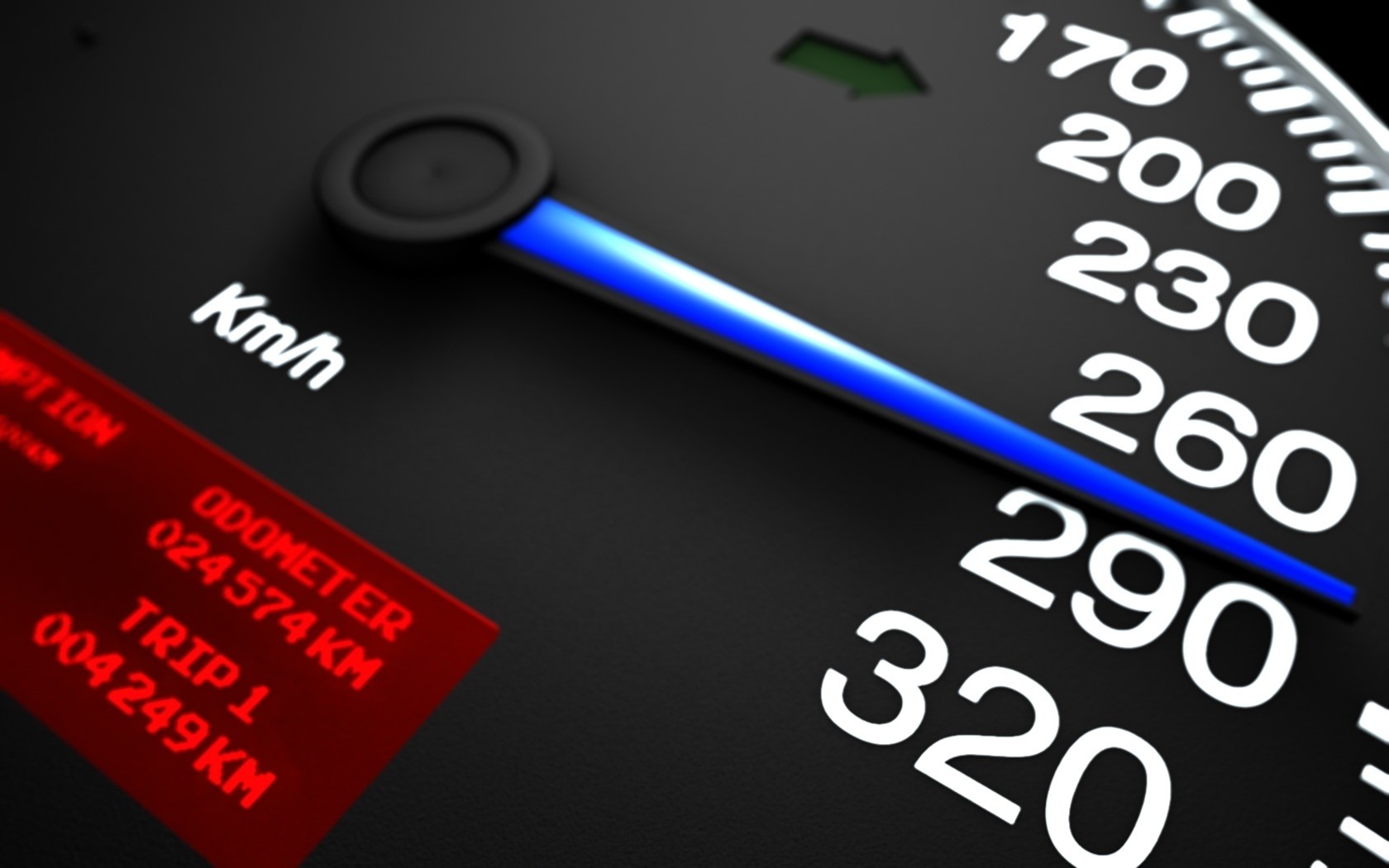We live in an age of feel-good concepts, which are typically contained in a couple of sentences. They are often meaningless and loosely factual.
Circulating frequently is this idea: “A developed country is not a place where the poor have cars. It’s where the rich use public transportation.”
This quote is often attributed to Gustavo Petro, a Colombian politician who was the 797thmayor of Bogotá and member of the Colombian Senate. He was once removed from the mayor’s office and banned from all political activity for 15 years for mismanagement. He also holds a Master’s Degree in Economics.
However, the quote is also attributed to the 798th mayor of Bogotá, Enrique Peñalosa who also holds a degree in economics. In 2009, Peñalosa was elected president of the Institute for Transportation and Development Policy headquartered in New York.
By standard definition, a developed country is one “that has a developed economy and advanced technological infrastructure relative to other less industrialized nations.” These countries score high on the “Human Development Index,” and not surprisingly also are on the list of “high-income” economies. In fact, more “developed” countries are also “rich” countries.
Apparently though, the developed countries did not get the memo about automobile ownership. The nation that has the highest per-capita ownership of cars—and not including other vehicles like trucks and buses—is the United States with 795 per 1,000 people. New Zealand comes in second with 774 cars followed by Australia at 740. The other rich countries include Italy (679), Germany (727), France (585) and Japan (478).
Maybe a developed country is a place where even the “poor” have cars. By comparison, the Philippines has fewer than 50 cars per 1,000 population.
It would not be fair to view the quotation necessarily as a statement of fact. Perhaps we should read the second sentence—“It’s where the rich use public transportation”—as an objective that countries should strive to achieve. Further, this is also a call for greater use of public transportation in general.
It is difficult to assess how many rich people actually use public transportation. However, studies in the US show that in small “metro areas,” the median income of those using public transportation is higher than for people who commute daily by private car. In larger metropolis areas, the rich do commute if they live a few kilometers from their businesses.
If the goal though is to get a larger percentage of the population onto public transportation, then Colombia is a champion with 53 percent commuting rather than driving a private vehicle. Other nations with high percentage use are Kenya (63), Russia (57), Ukraine (56), Turkey and Peru (54), and Chile with 53 percent.
In the Philippines, 56 percent of the population regularly uses public transportation, ranked No. 5 in the world.
The idea that the ultimate goal is to replace private vehicles with public transportation is unrealistic and not necessarily sensible. There must be a proper blend of private and public that considers all factors of reliability, comfort, security and “people-movement” patterns. Our world cannot operate on clichés that make us feel good.



![Top 20 Used Cars to Avoid Buying in Kenya – [PHOTOS]](../../../blog/wp-content/uploads/2013/11/top-used-unreliable-cars-to-avoid2-80x60.jpg)
![Top 20 Used Cars to Avoid Buying in Kenya – [PHOTOS]](../../../blog/wp-content/uploads/2013/11/top-used-unreliable-cars-to-avoid2-100x70.jpg)




